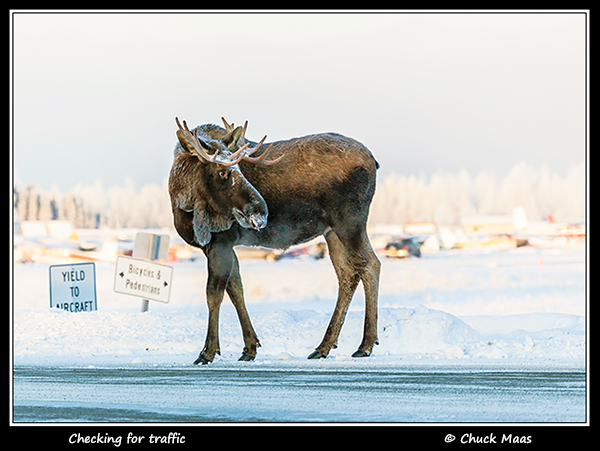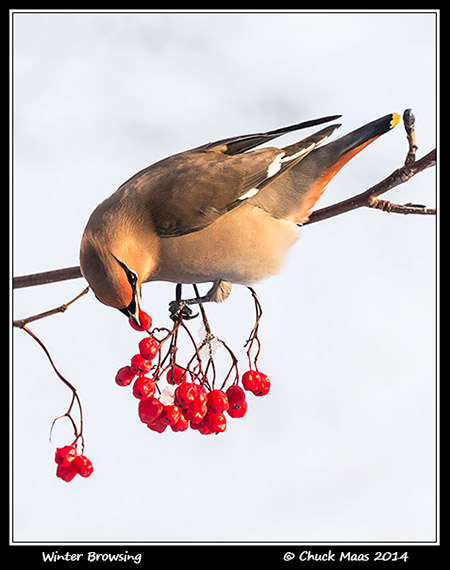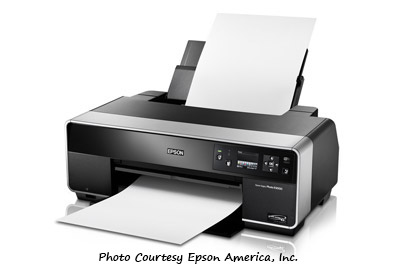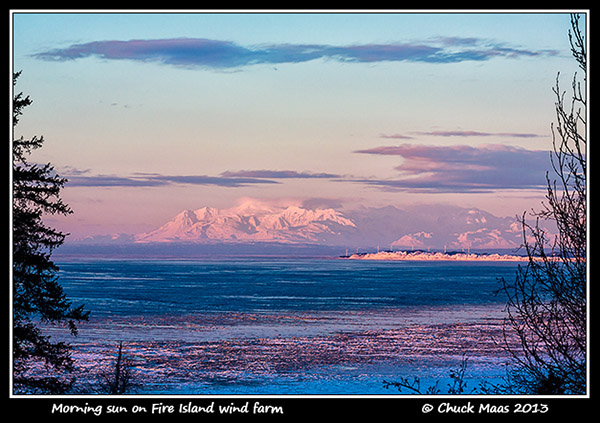Lot’s of things going on that have potential consequence for photographers on both ends of the workflow.
One is the inexorable push toward video. 4K is all the rage. New high-rez monitors and laptop displays are popping up everywhere. Panasonic has just announced the Lumix GH4 with 4K capability (and a few upgrades that may make still shooters happy too).
Medium format has gotten a shot in the arm with the announcement of a new Sony 50 megapixel CMOS sensor showing up in three forms—a new Hasselblad, a Phase One back, and a Pentax 645G 2014. CMOS makes Live View possible, and though this sensor is less than medium format “full frame,” it’s creating a lot of excitement for those who may be able to afford the stratospheric cost of entry.
Sigma continues to expand their line of very high-end “Art” lenses, the latest being the 50mm f/1.4 for full frame bodies. Reviews of the earlier 35mm lens in this line have been very favorable.
On the post-processing end, Sony has decided to get out of the PC computer business and has sold their VAIO brand to a Japanese investor group.
If you’re interested in general trends in the camera and photography market, one good source is the collection of sites by Thom Hogan. It’s a constantly evolving landscape.
And remember, this is a Photokina year—that huge event in Germany in the fall—so there’s much more to come.




